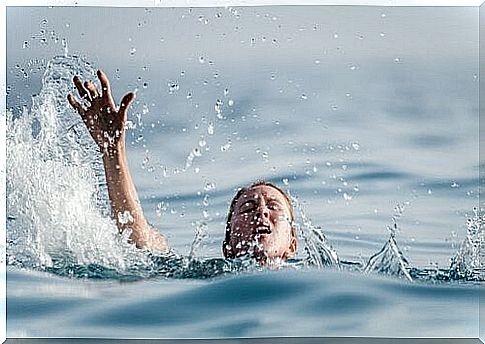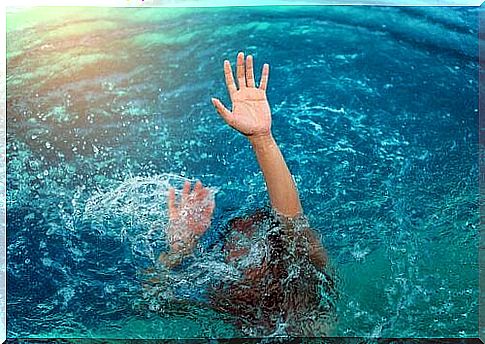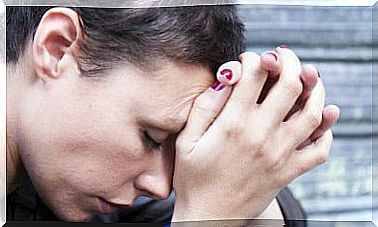Hydrophobia, The Fear Of Water

Water is one of the most essential elements for the life of living beings. Therefore, not getting in touch with it on a regular basis can be difficult, making it a problem for hydrophobic sufferers.
Hydrophobia or fear of water is defined as a difficulty that human beings may face when they come into contact with the aquatic environment for the first time.
During the first stages of exploration, discovery and adaptation, we encounter hesitant behavior towards water (Saquicela and Jacinto, 2010).
Hydrophobia or fear of water is a psychological change that is characterized by an irrational, excessive and unjustified fear of water.
Symptoms of hydrophobia
Physical symptoms:
- Increased heart rate.
- Increased respiratory rate.
- Hyperventilation or choking sensation.
- Generalized muscle tension.
- Excessive sweating all over the body and/or cold sweats.
- Stomach and/or headache pain.
- Feeling of unreality or depersonalization.
- Pulmonary dilation.
- Dizziness, nausea and vomiting.

Cognitive symptoms:
Physical symptoms reinforce cognitive ones, triggering negative thoughts when the person is near water. In addition, these negative thoughts produce and fuel doubts about a person with rabies’ ability to cope with water.
Behavioral symptoms:
- Avoidance. The person avoids contact with water at all costs, which contributes to the increase in fear and prevents its overcoming.
- Escape. When a person cannot avoid contact with water, they try to get out of the situation as quickly as possible.
Causes of hydrophobia
According to Calamnia (1993), we can group the causes of hydrophobia into two blocks:
- Fear education in relation to the aquatic environment. The adult transmits his own fear, so that the child incorporates it into his organism before having experienced fear in the first person. It’s the most frequent way.
- Bad previous experiences or stressful situations, such as provoked immersions.
According to Zubiaur and Gutiérrez (2003), hydrophobia regarding motor behavior can be attributed to several factors:
– Fears of psychological threats:
- Fear of failure. It is one of the most general causes in children and increases with age. It could be because you don’t trust your own abilities or fear the consequences of failure.
- Fear of being negatively evaluated.
- Fear of embarrassment. This influences a lot during adolescence and, in many cases, it can last until adulthood.
- Fear of competition.
– Fear of physical insecurity:
Beginners have to face unusual movements, often in unfamiliar surroundings, or perform unusual movements that can cause them to lose spatial orientation or balance, which can lead to fear.
If we add to that the novelty of the situation, the uncertainty about the results and the importance of being successful, the feeling of fear during, and perhaps after the execution, can be very intense.

How to treat hydrophobia?
Exposure therapy, as in almost all phobias, is usually the most used treatment when treating hydrophobia . The exhibition can be of two types: in vivo exhibition or virtual exhibition (the latter thanks to the arrival of new technologies).
In any case, the person is exposed to the environment that causes the fear and learns to “unlearn their fear” of water in a gradual way, moving from situations that cause more fear to those that cause less.
In combination with exposure therapy, doctors often prescribe certain medications that can help phobics relearn how to respond to fears. SSRIs or selective serotonin reception inhibitors can reduce anxiety and panic attacks.
Remember that medications do not have a lasting effect and can cause withdrawal symptoms. Therefore, care must be taken to avoid long-term use.
Stress reduction techniques such as relaxation, yoga, meditation, etc. are also used. Also, methods aimed at regaining mindfulness, such as mindfulness and focusing , are increasingly on the rise.









